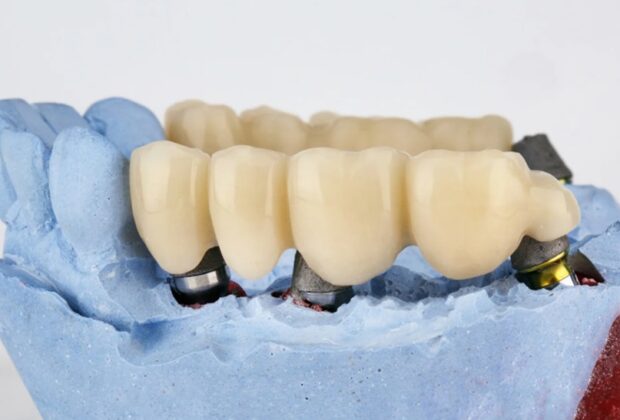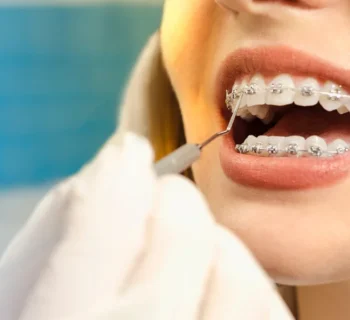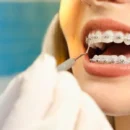Tooth loss can affect how you speak, eat, and maintain oral hygiene. For patients looking to restore their smile and functionality, a dental bridge in The Woodlands offers a proven solution. Below is a breakdown of the main types of dental bridges and what each is best suited for. From traditional to implant-supported bridges, each type serves a specific purpose and patient profile.
Traditional Dental Bridges
This is the most common type of bridge. It involves creating a crown for the tooth or implant on either side of the gap, with a pontic (false tooth) in between. Traditional bridges are ideal for healthy natural teeth on both sides of the missing tooth.
Advantages:
- Strong and durable
- Suitable for molars and back teeth
- Long-lasting with proper care
However, it requires reshaping adjacent teeth, which may not be ideal if those teeth are otherwise healthy.
Cantilever Dental Bridges
Cantilever bridges are anchored on only one adjacent tooth. They are typically used when a tooth is missing at the end of the dental arch or when only one neighboring tooth is available.
Best for:
- Front teeth where the chewing pressure is minimal
Caution: These bridges can exert excess force on the supporting tooth, which may increase the risk of fracture or loosening.
Maryland (Resin-Bonded) Bridges
Maryland bridges use a metal or porcelain framework to bond a pontic to the backs of adjacent natural teeth. Unlike traditional bridges, they don't require reshaping the supporting teeth, making them a more conservative option.
Ideal for:
- Replacing missing front teeth
- Patients seeking minimally invasive options
Limitations:
- Less durable under heavy bite pressure
- May debond more easily over time
Implant-Supported Bridges
Instead of being supported by natural teeth, these bridges are anchored to dental implants. This makes them one of the most stable and long-lasting options for patients missing multiple teeth in a row. Choosing the right dentist and dental bridge depends on tooth location, bone support, budget, and aesthetic goals. Selecting the right provider is important when considering implant-supported solutions due to the surgical and restorative expertise required.
Best for:
- Patients missing three or more consecutive teeth
- Those looking for superior strength and jawbone preservation
Benefits:
- No impact on neighboring teeth
- Stimulates bone health
Lifespan and Maintenance of Dental Bridges
All dental bridges, regardless of type, require good oral hygiene and routine dental checkups. Brushing your teeth twice a day, flossing around the bridge, and using interdental brushes or water flossers will help maintain its integrity. Most dental bridges can last 5 to 15 years or longer with proper care. Materials used, patient habits, and the skill of the dentist all influence longevity.
Conclusion
Understanding different types of dental bridges can help you make an informed decision with your dental professional. Discussing these options with a skilled dental professional ensures the solution restores function and enhances your smile with lasting results. With the right bridge in place, you can regain confidence in your appearance and enjoy the comfort of a complete, healthy bite.












